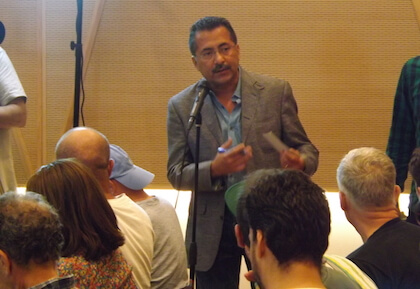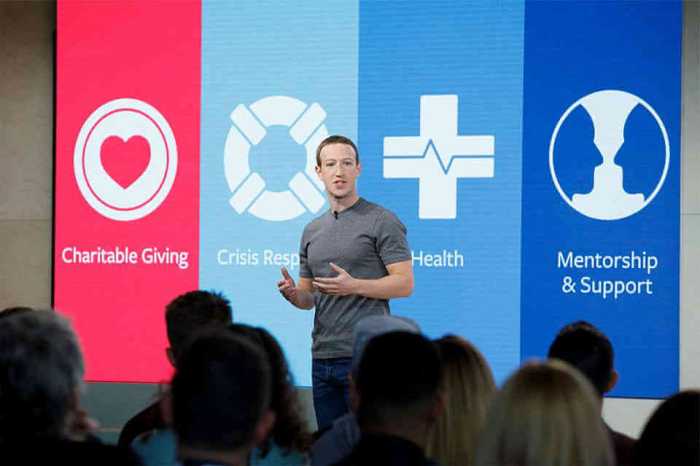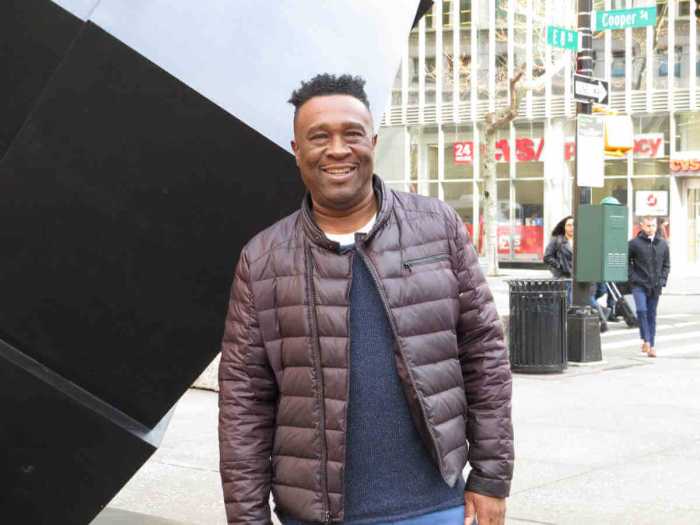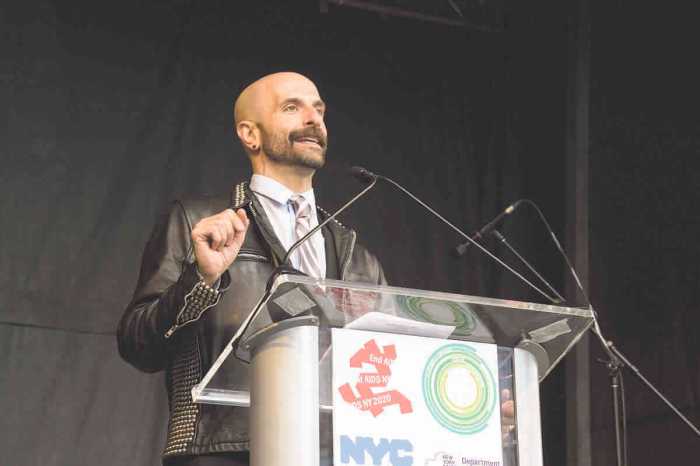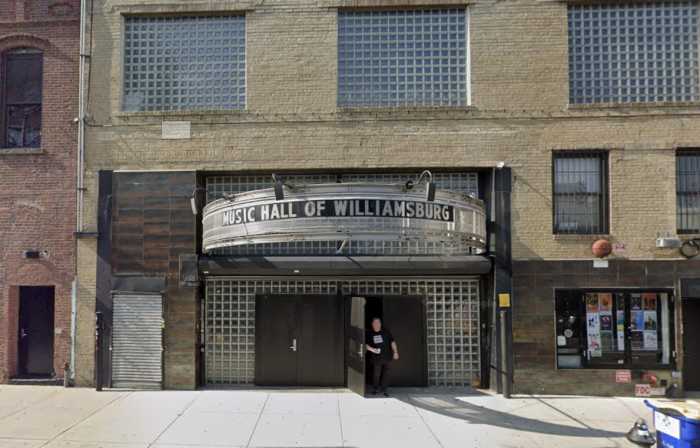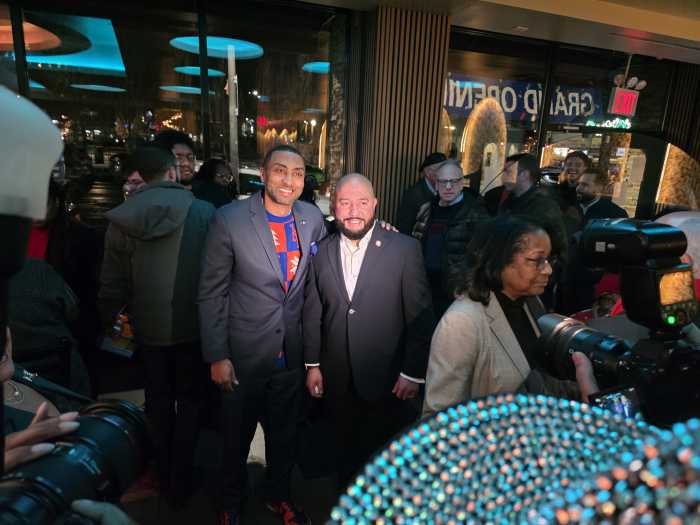The federal Centers for Disease Control and Prevention (CDC) is reporting that new HIV diagnoses among gay and bisexual Latino men in the US increased from 2008 through 2013 while diagnoses among all Latinos in the US declined during that period.
“During 2008–2013, the rate of diagnoses of HIV infection among adult and adolescent Hispanics or Latinos decreased from 28.3 per 100,000 population in 2008 to 24.3 in 2013… however, the number of diagnoses among males with infection attributed to male-to-male sexual contact increased 16 percent, from 6,141 in 2008 to 7,098 in 2013,” read the study, which will be published in CDC’s Morbidity and Mortality Weekly Report.
Among all Latino men, new HIV diagnoses went from an estimated 8,106 in 2008 to 8,568 in 2013. New diagnoses among Latino women went from an estimated 1,686 in 2008 to 1,370 in 2013.
In terms of prevention and treatment, immigrants, who may not speak English or be eligible for Medicaid, represent important driver
With an estimated 1,277 new diagnoses among Latinos in 2013, New York was among the states that had the highest numbers of new HIV diagnoses among Latinos, the CDC reported. Only Texas, California, and Florida reported more new HIV diagnoses among Latinos in that year.
In New York, more than 90 percent of the new HIV diagnoses occur in New York City. In 2013, the city health department reported that Latinos accounted for 955, or 34 percent, of the 2,832 new HIV diagnoses.
The CDC and city data have implications for New York’s Plan to End AIDS, which aims to reduce new HIV infections in the state from the current roughly 3,000 annually to 750 a year by 2020. The city’s data show that new HIV diagnoses among men who have sex with men remain high and unchanged while every other risk group has seen declines. New HIV diagnoses among young African-American and Latino men who have sex with men are driving that higher rate.
“Young black men, young Latino men are not on the radar of many of us,” Guillermo Chacón, president of the Latino Commission on AIDS, told Gay City News. “We need to do a better job to revisit, redesign, and reset the button on our strategy to engage these communities.”
The city data on new HIV diagnoses among African-American and Latino men who have sex with men strongly suggest that if new HIV infections in those populations are not reduced substantially, the Plan to End AIDS will not reach its goal of only 750 new HIV infections a year by 2020.
The plan largely relies on identifying people who are HIV-positive and treating them with anti-HIV drugs so they are no longer infectious and giving anti-HIV drugs to HIV-negative people, under a PrEP or pre-exposure prophylaxis regimen, to keep them uninfected. These drug strategies are highly effective when used correctly.
Reaching the population identified in the CDC report with HIV-prevention strategies and paying for those services could be complicated by immigration status.
The CDC estimated that “43 percent of Hispanics or Latinos who received an HIV diagnosis were not born in the United States or Puerto Rico (a US territory), and among these Hispanic or Latino immigrants, 66 percent were men who have sex with men.”
HIV prevention messages in English for this group could be ineffective because they don’t speak or read English or they might reject a message that is in English. Then paying for interventions, such as PrEP, could be harder. For example, Medicaid, the government insurance program for the poor and disabled, will not pay for services for undocumented immigrants.
“This is the missing link,” Chacón said. “We need to deliver a message in English to US-born Hispanics and in Spanish for foreign-born Hispanics who are here in the city… Our marketing among Hispanics that are Spanish mono-lingual is extremely weak and inconsistent.”

